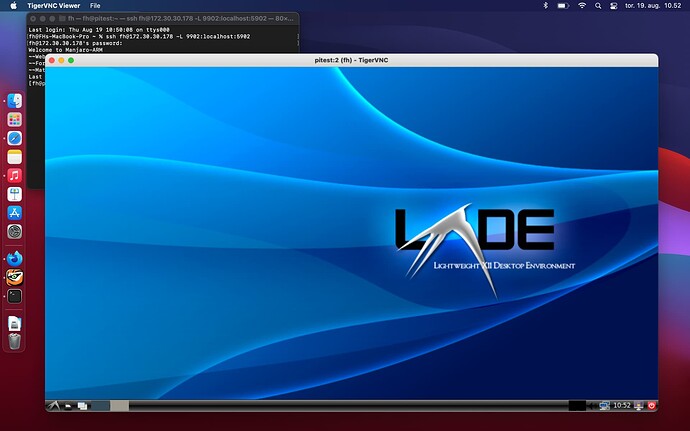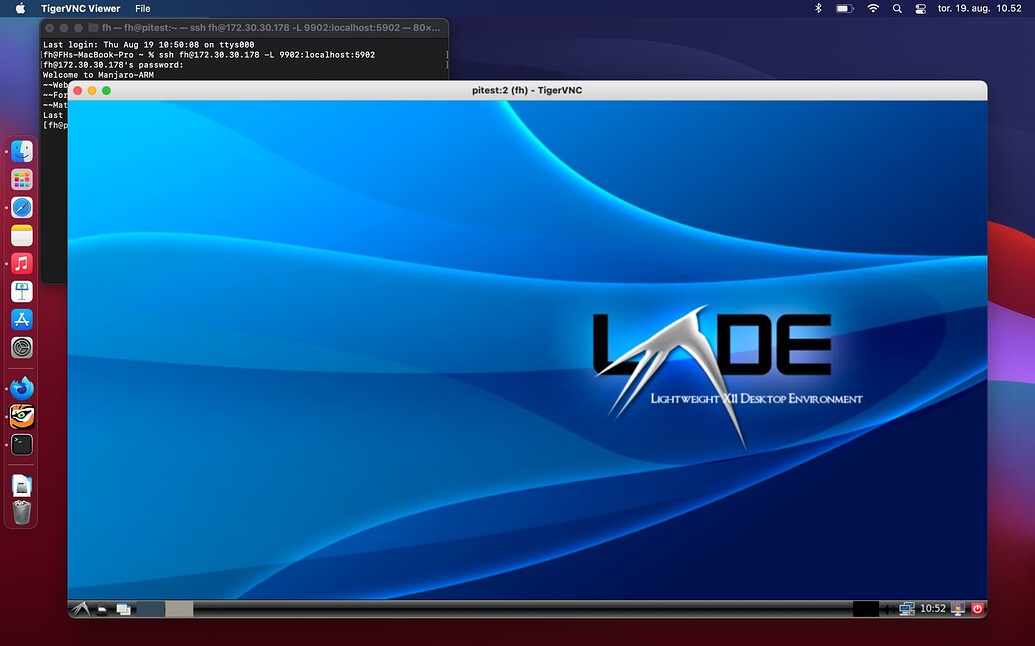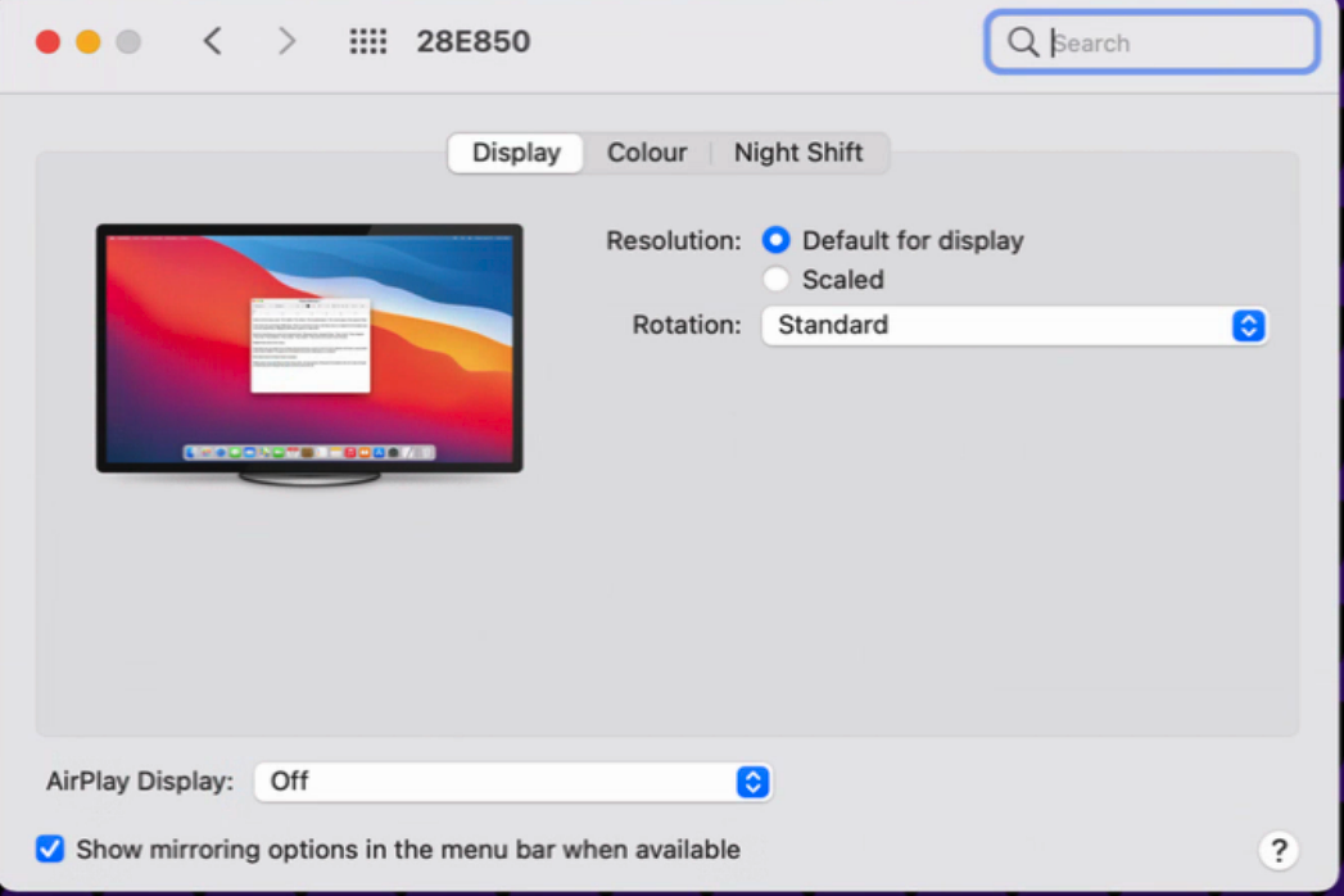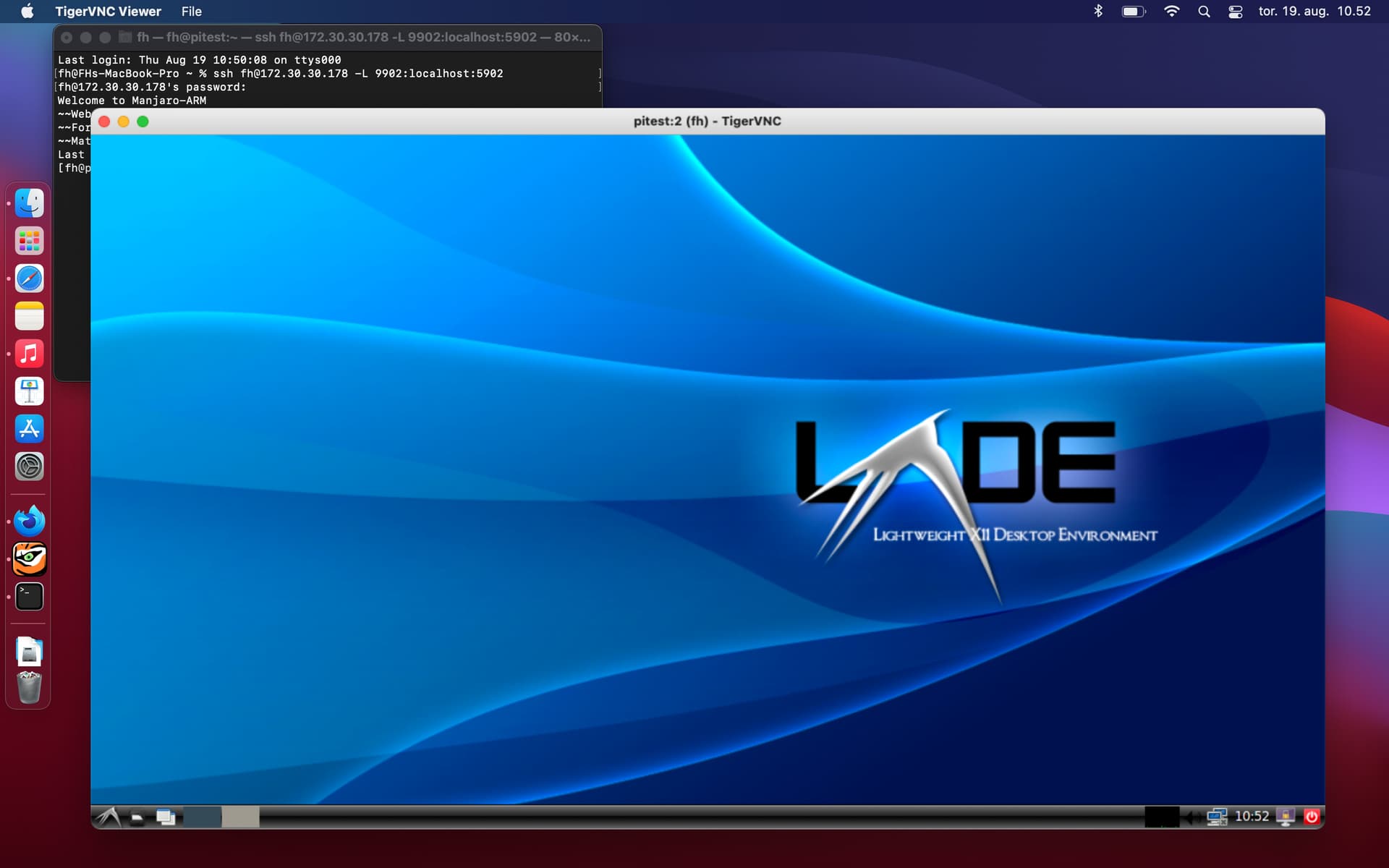

- #Nomachine mac m1 how to#
- #Nomachine mac m1 install#
- #Nomachine mac m1 software#
- #Nomachine mac m1 password#
- #Nomachine mac m1 windows#
įor convenience here a list of VNC clients:
#Nomachine mac m1 how to#
If you are familiar with VNC, you’ll know what to do, if not, this is the relevant tutorial How to connect to a Mac mini M1 | Scaleway. This is the most annoying part, since it cannot be done from the command line but it has to be done manually from the UI with VNC. Now we need to grant the required permissions to NoMachine Server (nxnode). Sudo chown -R "root:wheel" /Library/Audio/Plug-Ins/HAL/NMAudio* Sudo chmod -R 755 /Library/Audio/Plug-Ins/HAL/NMAudio* Sudo cp -a /Applications/NoMachine.app/Contents/Frameworks/bin/drivers/NMAudioMic.driver /Library/Audio/Plug-Ins/HAL/NMAudioMic.driver Sudo cp -a /Applications/NoMachine.app/Contents/Frameworks/bin/drivers/NMAudio.driver /Library/Audio/Plug-Ins/HAL/NMAudio.driver Sudo mkdir -p /Library/Audio/Plug-Ins/HAL/ Sudo rm -rf /Library/Extensions/nxaudio.kext /Library/Audio/Plug-Ins/HAL/NMAudio.driver /Library/Audio/Plug-Ins/HAL/NMAudioMic.driver # Workaround for audio not working in MacOS 12 ()
#Nomachine mac m1 software#

To have a working jme dev environment we are going to need the following software:
#Nomachine mac m1 install#
Install the required software on the server instance
#Nomachine mac m1 windows#
On windows you can use something like PuTTY, if you have never done that before you can follow this guide: (it’s the same for other providers). If you are on linux chances are that you have already an ssh client installed, so you can just call
#Nomachine mac m1 password#
Note: VNCPassword is also the user account password and the ssh user m1 is also the user account name 4. If you rented from Scaleway, you can get all those infos from the instance dashboard that should look something like this

Now we can start with the server: spawn a new instance on the provider you’ve found before and then collect the following access infos: Spawn an instance and get access credentials

So if you're connecting with DVI, you may not get this problem. Interestingly, DVI connections don't support YPbPr. The NoMachine website doesn't cause flicker any more. Ran through the fix, and haven't had issues since (2 weeks and counting). Luckily, someone figured out a fix (it's in that thread). Turns out, there's people complaining about YPbPr output from the M1 Mac. On my monitor, the OSD menu says YPbPr rather than RGB. M1 seems to output in YPbPr mode by default to many monitors using USB-C, DisplayPort, or HDMI. Since there were anecdotes about HDR modes on monitors causing this, and my experience of it being affected by colour profiles, I looked into the colour output by the M1. I also turned the monitor off more frequently when not in use, just in case this was a hardware issue. I changed to the "sRGB IEC61966-2.1" profile and found that this reduced the frequency (maybe it lightened the screen slightly as well). I noticed that this issue was sensitive to the colour profiles I applied to the monitor. An example that caused this for me was the NoMachine website, which has a black banner at the top and a very dark grey colour right underneath it. Replicated flickering on dark gradients/colours and the associated image retention. My monitor is a new Dell P2721Q, which has a 4K 27in screen.


 0 kommentar(er)
0 kommentar(er)
